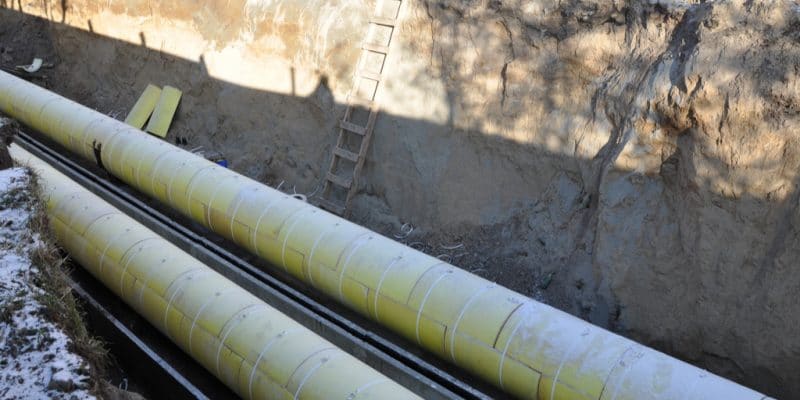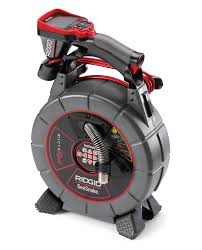
Making the Most of Storm Water Drainage Systems or Yard Downspouts
Homeowners and oftentimes even builders are unaware of the damage done to houses by rain where there isn’t a sensible disposal system in place. Too many houses have a downspout coming off the roof, and a concrete or plastic splash block underneath the spout. The rainwater comes out of the pipe, hits the splash block located right next to the foundation, and continues on its way—into the foundation, into the basement, in rivulets running through the landscaping—everywhere, in fact, that rainwater shouldn’t go. More information on this website
The fact is that even a moderate rain on the roof of an average sized house creates thousands and thousands of gallons of water. When all you have to divert the storm water from your roof is a splash block, you’re effectively channeling the water right where you don’t want it to be—to the base of your house. more plumbing information here The answer to the problem of rain on the roof making its way into the basement or crawl space is to extend your downspout piping to the ground, run it out away from the house, and pipe runoff either to a collection area for your own use or to a low lying place on your property where it can drain without putting you or your neighbors in danger of flooding. Before you decide where to lay the underground pipes, first take a look around your home and think about where the rainwater would naturally go if your house wasn’t standing there. Keep in mind that water flows down slope, so that’s the most practical place to pipe the water, since it would fall there anyway. (If you have a neighbor down the slope, you may need to work with that person to make sure you aren’t piping your storm water into his yard). Next, contact the power, gas and water companies to make sure there are no buried cables or gas lines in the place where you plan to dig. This is a vital step—every year, people are killed because they cut into electric or gas lines they forget to check for. If your house is on a septic system, make sure you know where the drains and the leach field are: you don’t want to create yet more drainage problems by digging through a pipe!
The answer to the problem of rain on the roof making its way into the basement or crawl space is to extend your downspout piping to the ground, run it out away from the house, and pipe runoff either to a collection area for your own use or to a low lying place on your property where it can drain without putting you or your neighbors in danger of flooding. Before you decide where to lay the underground pipes, first take a look around your home and think about where the rainwater would naturally go if your house wasn’t standing there. Keep in mind that water flows down slope, so that’s the most practical place to pipe the water, since it would fall there anyway. (If you have a neighbor down the slope, you may need to work with that person to make sure you aren’t piping your storm water into his yard). Next, contact the power, gas and water companies to make sure there are no buried cables or gas lines in the place where you plan to dig. This is a vital step—every year, people are killed because they cut into electric or gas lines they forget to check for. If your house is on a septic system, make sure you know where the drains and the leach field are: you don’t want to create yet more drainage problems by digging through a pipe!
One of the tools you’ll want to use whenever installing underground piping is your camera. Take pictures of the trench and pipes before they’re covered up, and show parts of the house in the picture, along with tools or even people. You’re creating a scale you can use when you decide to have your electric lines buried five years from now, and can’t remember for the life of you where the drainage pipes were placed. With a complete set of photos, you’ll be able to figure out where your pipes are in case you ever need to replace a section or do some other work that might otherwise damage your storm water drainage. Keep the photos in the same place as your wiring panel photos, instructions for restarting your well pump, and the warranty on the refrigerator. If you keep all your household maintenance papers in one place, you’ll save a lot of time an energy looking for things whenever you need to take care of things that go wrong around the house.
Drains and pipe materials have come a long way in the past 20 years. Use smooth 4 inch plastic sewer pipe instead of the black, corrugated flexible pipe: it doesn’t crush as easily and you can use PVC cement or buy fittings that use rubber gaskets instead of adhesives. Professional drain cleaners can work on the sewer pipe without damaging it—the corrugated pipe doesn’t make that possible.
